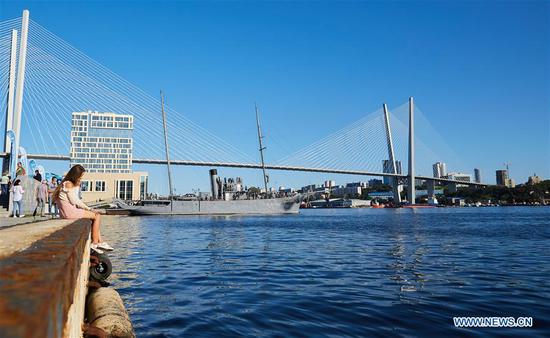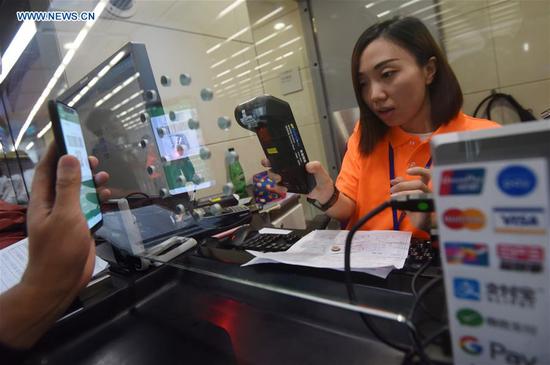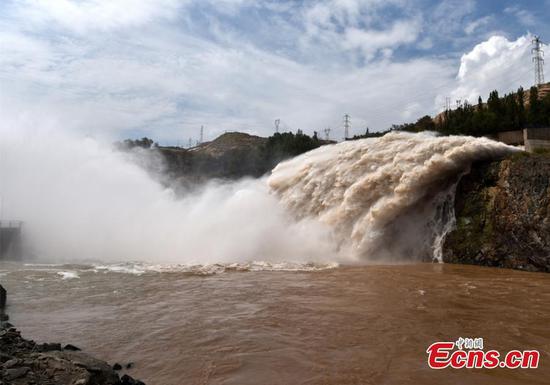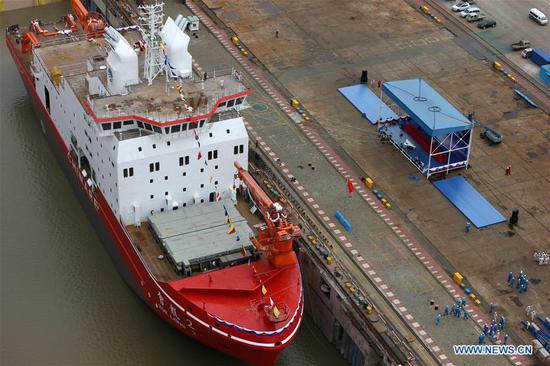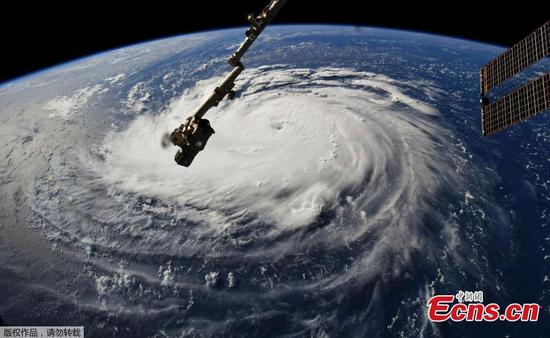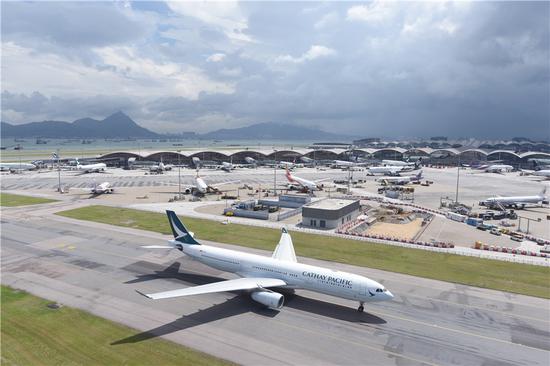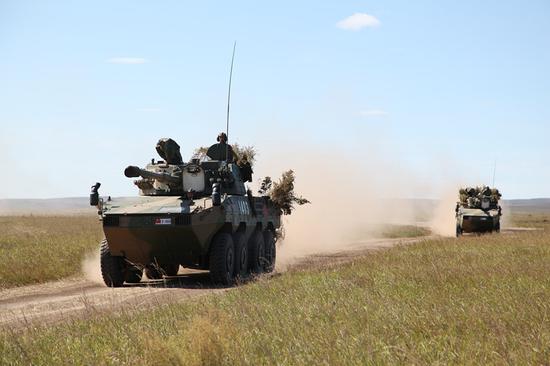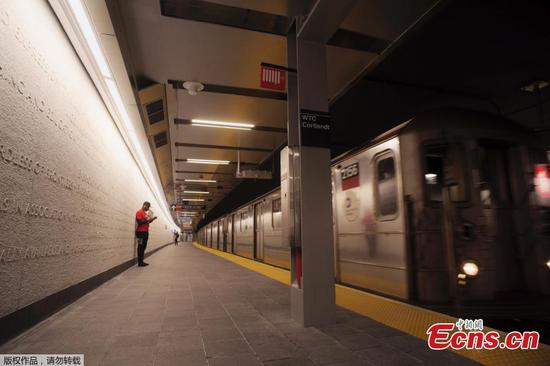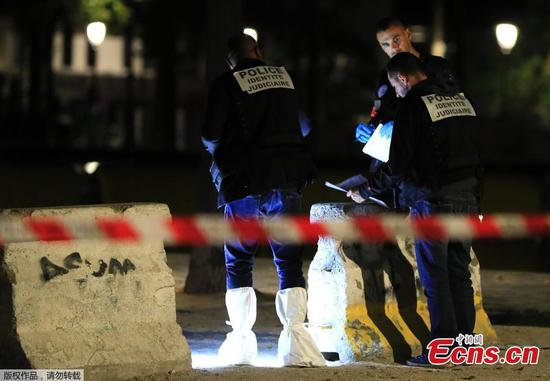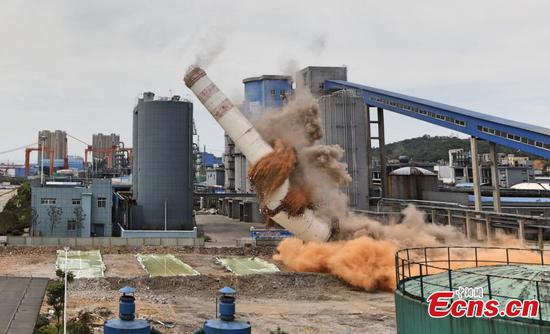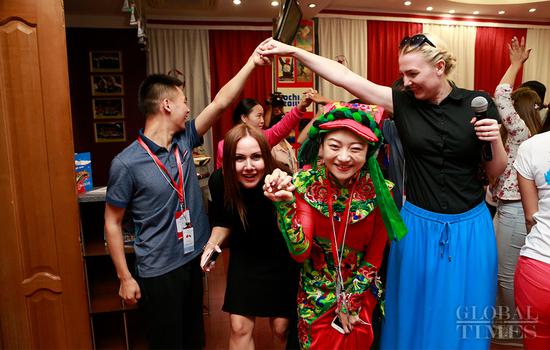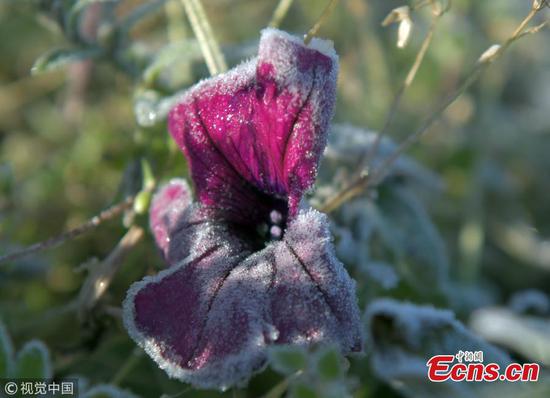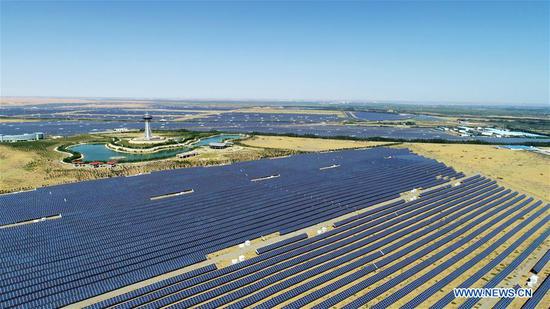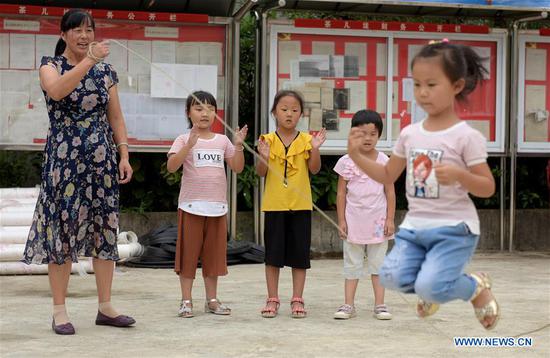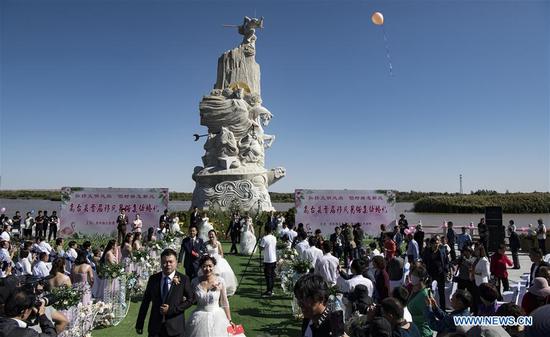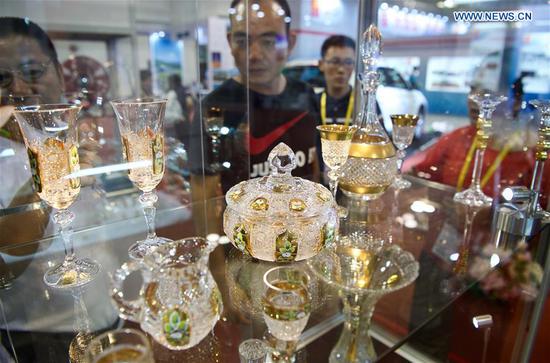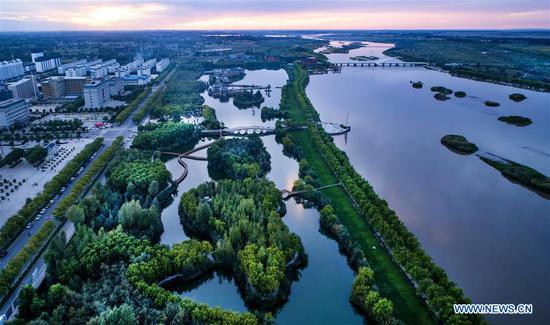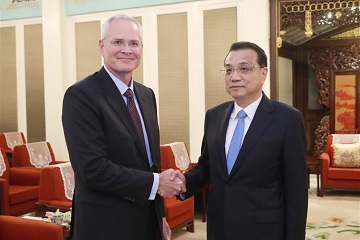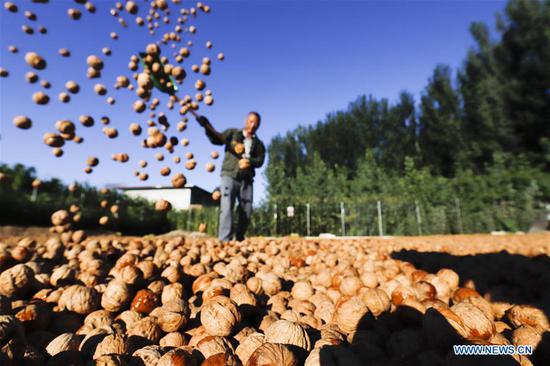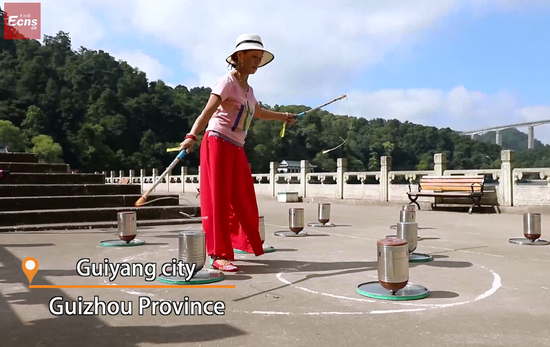
China and Vietnam hold a joint press conference on the cross-border drug trafficking case, Aug. 23, 2018. (Photo/Chinanews.com)
Police in China and Vietnam have established an effective intelligence-sharing mechanism to enhance case investigation cooperation following a rise in cross-border drug smuggling, said a senior official at the Ministry of Public Security.
Under the mechanism, police in both countries have set up teams to communicate and exchange information in a timely fashion to compile evidence, An Guojun, deputy director at the ministry's narcotics control bureau, told China Daily.
The two sides will focus on serious cases and work together to break up drug trafficking networks, he said.
Since January, police in China and Vietnam have initiated a one-year operation to target cross-border drug-smuggling rings and nab traffickers.
Police in China and Vietnam arrested 483 drug traffickers during the campaign, including 41 Vietnamese, by the end of June, the ministry said.
Moreover, they uncovered 420 drug-related crimes across the border, including 22 cases involving Vietnamese nationals, and confiscated 263 kilograms of drugs, including 244.6 kg of heroin and 9 kg of crystal methamphetamine, the ministry said.
"Facing the grim task of fighting drug smuggling, we have established a regular judicial cooperative mechanism with our Vietnamese counterparts to root out the cross-border drug trade rather than our previous practice of carrying out periodic joint strikes," he said.
China borders two major global sources of illegal drugs - the Golden Triangle, which straddles Laos, Myanmar and Thailand; and the Golden Crescent, located at the crossroads of Central, South and Western Asia. About 85 percent of the illegal drugs in China come from the Golden Triangle, according to the ministry.
In recent years, drugs from the Golden Triangle and the Golden Crescent have been first passing through Vietnam and then smuggled across the border into the Guangxi Zhuang autonomous region. Then they have often been trafficked to Guangdong, Hainan and other provinces.
In order to tackle the issue, China and Vietnam signed a memorandum of understanding to jointly work to prosecute drug-related crimes on the border in 2014.
Meanwhile, two liaison offices in Pingxiang and Dongxing in Guangxi were set up to exchange information and conduct joint operations with working teams in Vietnam.
"Full and pragmatic law enforcement cooperation with China is effective in greatly curbing drug-related crimes on the border," said Nguyen Dich Nam, deputy director of the Narcotics Control Bureau under the Vietnamese Ministry of Public Security.
"It is part of a new practice to completely destroy cross-border drug trafficking networks and capture druglords rather than only gang members," he added.
An said Chinese suspects collude with their Vietnamese accomplices to form a complete chain, with gang members assuming different tasks.
Moreover, the druglords stay behind to operate the criminal ring and some traffickers illegally purchase guns and other weapons to intimidate authorities.
In one case in July, a Vietnamese carrying drugs rode a motorcycle around a Dongxing border station and into Guangxi but was successfully apprehended with 7 kg of heroin, said Yan Qiwei, head of the Guangxi Narcotics Control Department.










